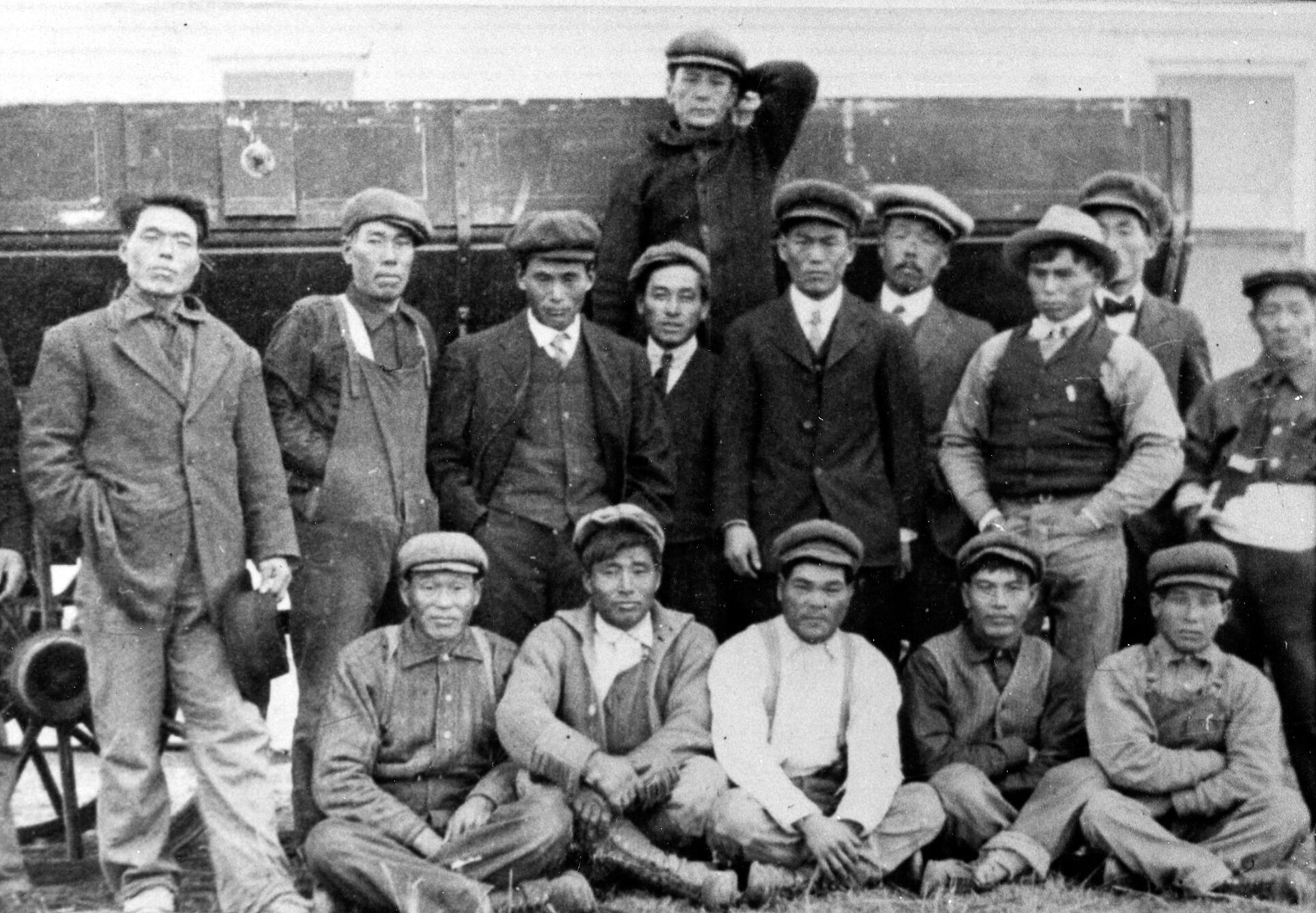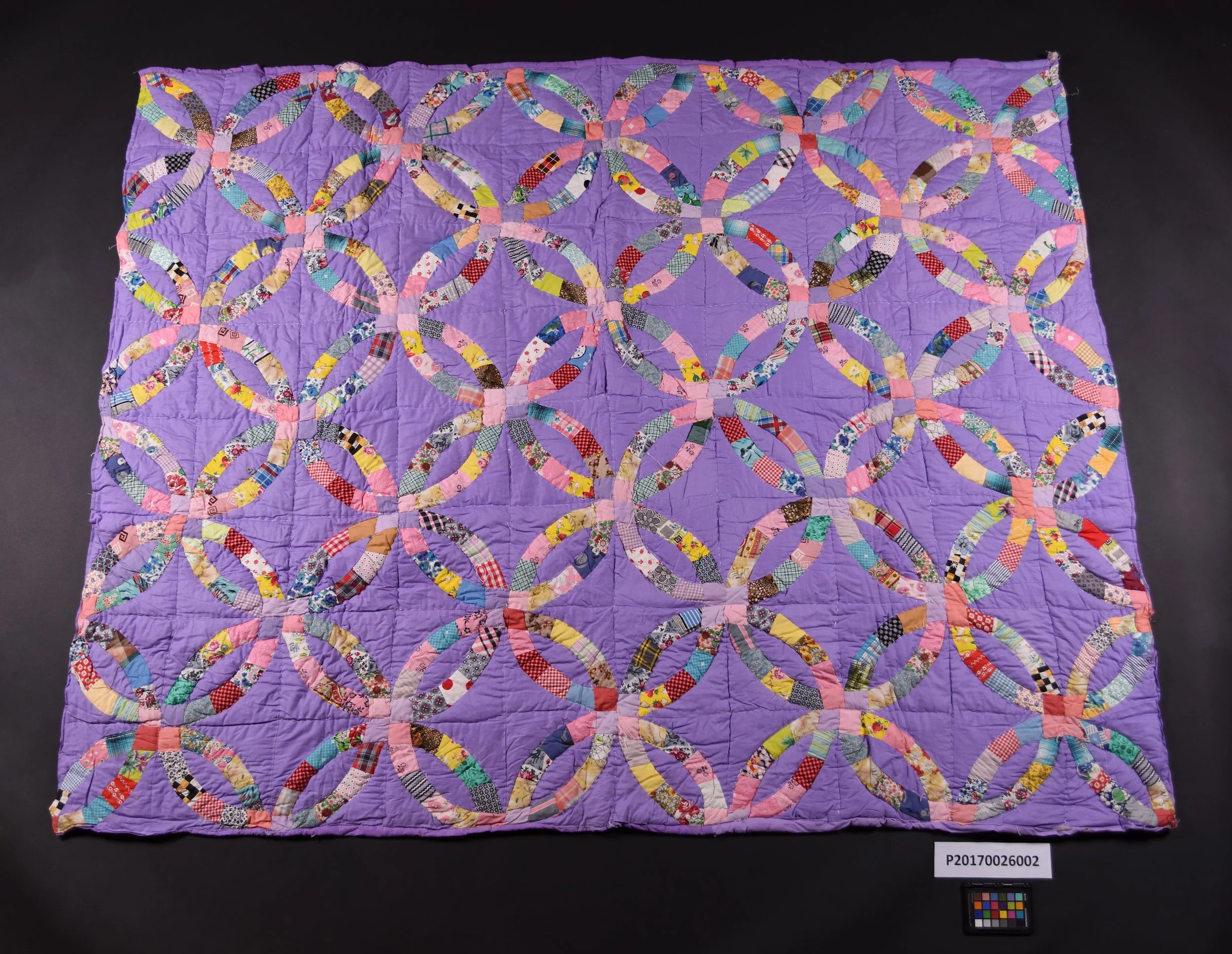100 Years Ago: Japanese Canadian Memorial
Japanese Canadian War Memorial in Stanley Park, Vancouver BC, April 9, 1920.
City of Vancouver Archives, CVA 99-240 Stuart Thomson Fonds
In 1920, a Japanese Canadian War Memorial was erected Vancouver’s Stanley Park in memory of the 54 Japanese Canadian soldiers who died during the First World War. The dedication of the memorial was seen as “the beginning of a new epoch in Japanese Canadian relations” and raised the spirit in the Japanese Canadian communities all over the country.
Japanese Canadians who wished to enlist as soldiers in the First World War were not able to do so easily. They were not allowed to enlist at recruitment stations in British Columbia, so many had to travel to Alberta to enlist with the Calgary Highlanders in 1916. The Japanese Canadian soldiers later formed their own unit, the 10th Battalion. Seven of the soldiers in the 10th Battalion hailed from Raymond, Alberta. Two of those seven died during the war: Kichimatsu Sugimoto and Teiji Suda.
The connection of the Japanese Canadian War Memorial to Raymond, Alberta was recorded in the Lethbridge Herald days after the monument was unveiled in British Columbia. A framed picture of the monument was mounted in a prominent place in the headquarters of the Raymond Japanese Society. After decades of prejudiced social attitudes and institutional racism in the form of government policies, individuals of Japanese nationality seemed to have finally won the recognition and respect they deserved through the participation of their young men in the First World War, with dozens dying in service to Canada.
Ichiro Hayakawa sits on a wooden chair possibly in a restaurant in Raymond. Circa 1911–1913
Galt Museum & Archives, 19790275031
Group photograph of the Japanese farmworkers on the O.K. land near Raymond, Alberta. Front row: Mr. Tsoda, Buhachi Nishimura, Mr. Matsuyama, Mr. Sakuma, Mr. Archosi (the group barber). Middle row: Hisao Ichi, Mr. Asami, Mr. Kisaburo Sugimoto, Takejiro Koyata, H. Kojun Iwaasa (group spokesman), Mr. Sugimoto, Tyama Ioki (group cook). Back row: Tasaburo Taketa (on stool), Tamosoku Otake, Mr. Tshimatsu. Circa 1916.
Galt Museum & Archives, 19800016005
Thirteen people, all dressed in suits and long dresses. On the occasion of Japan's Counsel and two other companions visiting the Japanese people in the Raymond area. The donor's parents acted as hosts (her mother remembers cooking for the whole group). The photograph was taken at their second house. Circa 1915.
Galt Museum & Archives, 19800016007
Unfortunately, the hope for improved treatment for Japanese Canadians in Canada was not realized. A little less than two decades later the Canadian government forced thousands of Japanese Canadians to relocate to internment camps from their livelihood, property, homes and communities. The hope for equality in Canada had been betrayed. The recognition of the service and sacrifice of Japanese Canadian soldiers in the First World War did not erase the deep-seated racial prejudice of white Canadians.
You can learn more about the history of Japanese Canadians in southern Alberta on the Galt’s virtual exhibit Nikkei Tapestry: Japanese Canadians in Southern Alberta at www.nikkei-tapestry.ca and at the Nikka Yuko Japanese Gardens. You can search our online database for images and documents relating to southern Alberta’s Japanese Canadian communities at collections.galtmuseum.com.
















Dr. Frank Hamilton Mewburn was a wiry and fiery surgeon, politician, army officer, and university professor who greatly contributed to the development of Lethbridge. Mewburn came from a long ling of medical professionals, graduating from McGill University in Montreal in 1881.